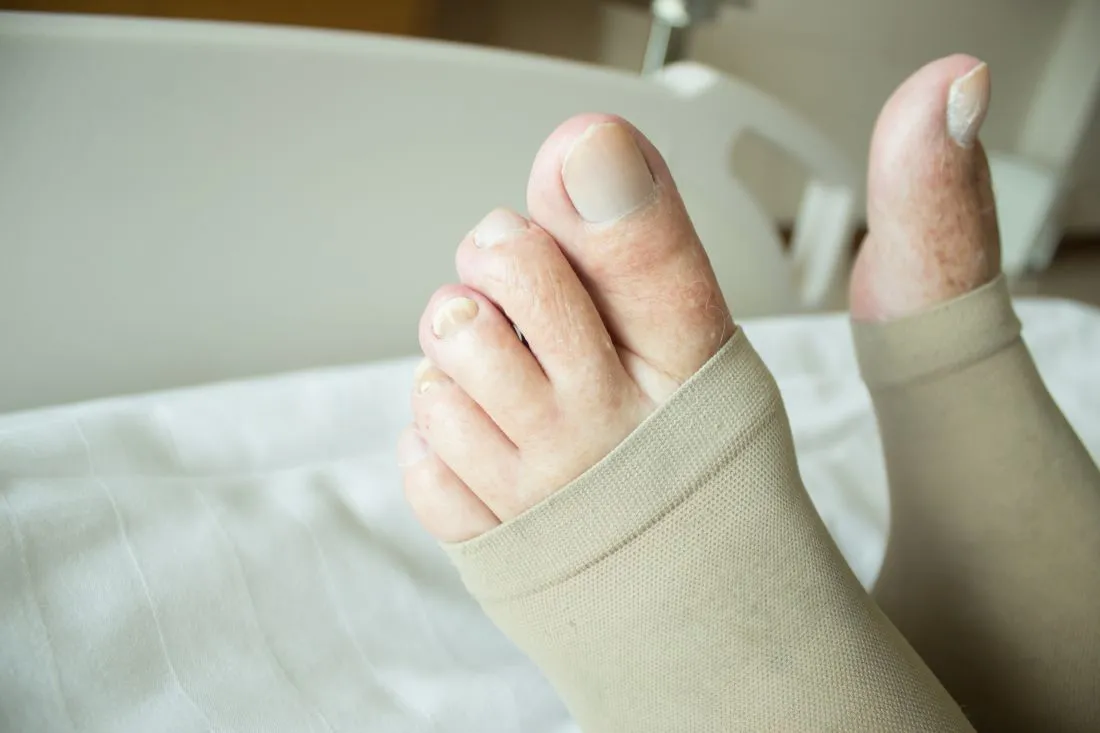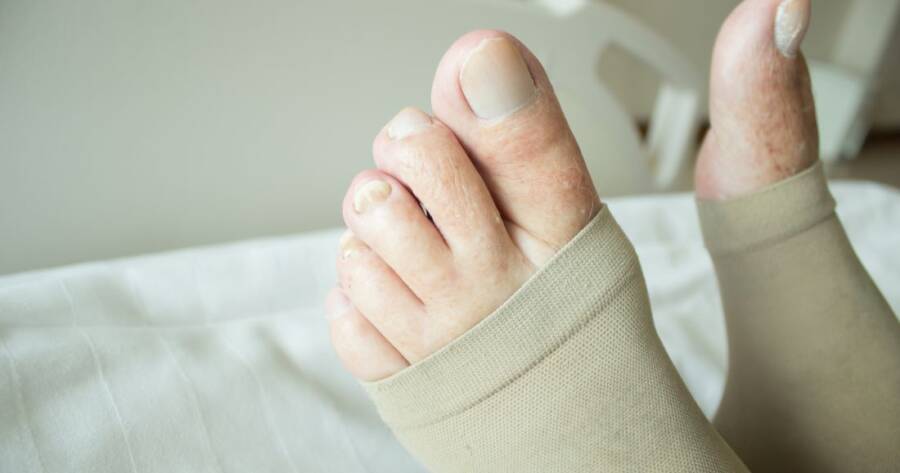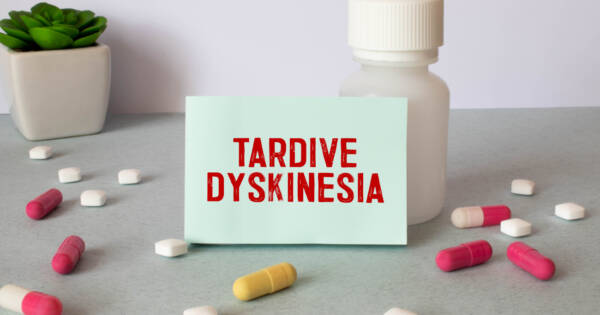Medical professionals, such as an interventional radiologist at a hospital, will more formally call blood clots deep vein thrombosis, or DVT. The common symptoms of blood clots are swelling, pain and redness. Blood clots usually happen in the lower extremities of the body. Starting out in the legs, calves or thighs, these clots can travel up to your lungs and cause an embolism.
If the clot carries and travels to your lungs, this will almost certainly cause an embolism. Symptoms of an embolism will be chest pain and shortness of breath. This is obviously a deadly disease, and it happens commonly. It can happen to young patients and older patients alike.
DVT is usually caused by an accumulation of tiny little particles called fibrin and red blood cells that, over time, will become denser. This will likely obstruct your vein, causing it to no longer to be open. This could cause swelling or even pain with prolonged standing.
What are the risk factors for DVT?
Common risk factors for DVT include being sedentary or experiencing trauma to a part of the body. This type of trauma could be to the legs, such as a leg fracture. An additional risk factor is having blood that is too thick. This is also called a hyper-coagulable blood problem.
What treatments and drugs are available for DVT?
Some of the conventional treatments for blood clots or DVT are thinning the blood with anticoagulation medications. Popular blood-thinning drugs for DVT include heparin and coumadin. These are very good medicines, but they have their own problems. Anticoagulants are not advisable to use long term, especially in younger patients.
There are some other treatments for deep vein thrombosis. Some of these more invasive procedures will need to performed at a hospital or regional medical center. There are catheter-directed procedures that probe the vein through a little IV in the back of the leg. This procedure attempts to clean out the blood clot that is lodged in the blood vessel. Doctors are then able to use clot-busting medicine like TPA.
Doctors also have devices which can clean out the blood vessel mechanically. A catheter, which is similar to a garden hose, can spray these blood clot-busting devices into the vein. Once inside, these devices can dissolve whatever blood clots they encounter. Doctors will take x-rays of the leg after injecting iodine to be able to see the blood clots. The mechanical devices will hopefully be able to restore full blood flow in the affected veins.
How does the newer stent procedure work?
Doctors can perform these the minimally invasive techniques using an IV catheter inserted into the back of your leg. Doctors will sometimes also will give you a TPA manufactured by Genentech. Using a catheter, doctors will drip the TPA into the clot over a period of days. After they have cleared out the clot and have identified the narrowing in your vein, then it’s time to put a stent inside of your vein. A stent is a tiny mesh tube that’s compressed on a little catheter that is delicately inserted into the vein. The stent holds open the walls of the vein. After the stent opens, doctors will go in with an angioplasty balloon to expand the vein a little bit more.
Once the stent procedure is done, you’ll go on a blood thinner for approximately a year. If doctors are concerned that you may make more clots after stopping the blood thinner, you may need to be on blood thinners for a longer duration. Low-molecular-weight heparin and perhaps lovenox are two possible injectable drugs . All of these drugs (coumadin, heparin, low molecular weight heparin or lovenox) are quick acting agents designed to thin your blood. You can also administer these shots to yourself, and you may need more medications depending on what your DVT diagnosis is.
After the procedure is completed, you should go home and keep your leg (or your arm, if that is the affected area) elevated above the level of your heart. It’s also important to wear the compression stockings the doctors have prescribed to you. These two things will help your leg or arm decrease in size more quickly. Doctors will follow up at around one month and again at six months. There is a risk that the stent that was placed into your body could get clogged up. There are no drugs that can be put on these stents that can prevent the clogging.
What happens if a patient’s leg begins to swell at home after a procedure?
If your swelling gets worse at home, call your clinic or physician. They will prescribe a CAT scan for you to see if the stents have clogged. The most important thing in this therapy is that you have an appropriate monitoring schedule by your primary care doctor for your blood thinners. You will have a target range for your INR. It’s imperative that you regularly visit your primary care physician so you can both work together to treat your DVT.
What are the risks involved with an IV procedure?
The main risks of sticking something into a vein via a catheter is that you’re introducing an intrusive element into the body. Any time the doctor goes into a patient’s body with any instrument, no matter how small, there’s a risk of bleeding. If you do have internal bleeding, your doctor would treat you with a blood transfusion. There’s also a very small risk that you could have a bleed into your brain.
How long does the pain last for these new IV procedures?
You may be experiencing some low back pain for weeks after the procedure. This pain should resolve within a month. The pain is typically mild and is best treated with Advil or Tylenol. The benefits of having these new IV treatments for deep vein thrombosis is that the vein will no longer be blocked.
Some people tolerate a blocked vein relatively well without symptoms. Other patients, however, report that they’re no longer able to work or stand for extended periods of times. They are unable to get out and enjoy life. This is because blood can no longer exit the leg and go back to the heart.
If you are having any symptoms such as pain, shortness of breath or chest pain, you should see your physician or a regional medical center. Your doctor can decide whether to treat you with DVT drugs, and whether to also remove the blood clot from your veins.
 Joe Prachatree / Shutterstock.com
Joe Prachatree / Shutterstock.com


